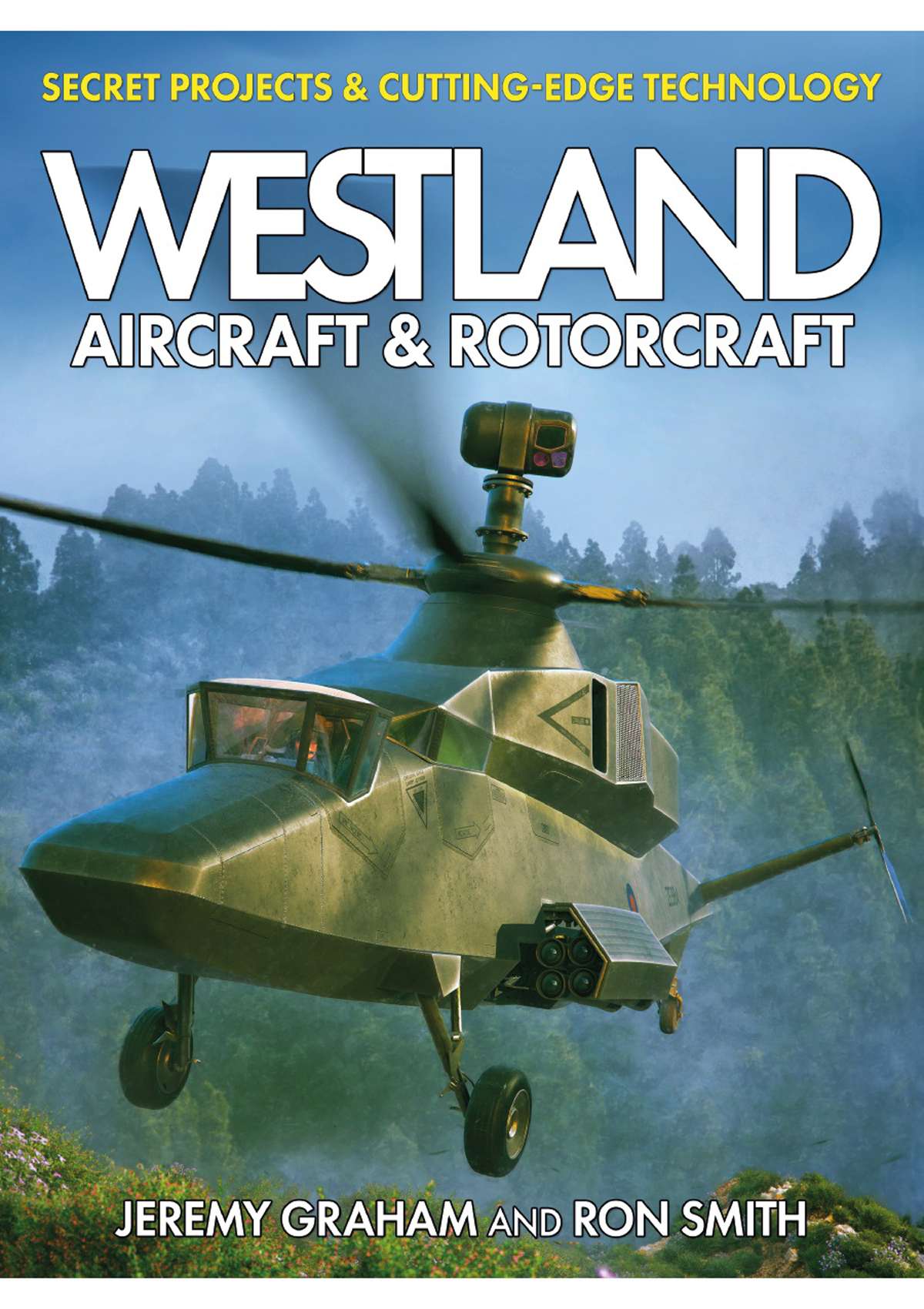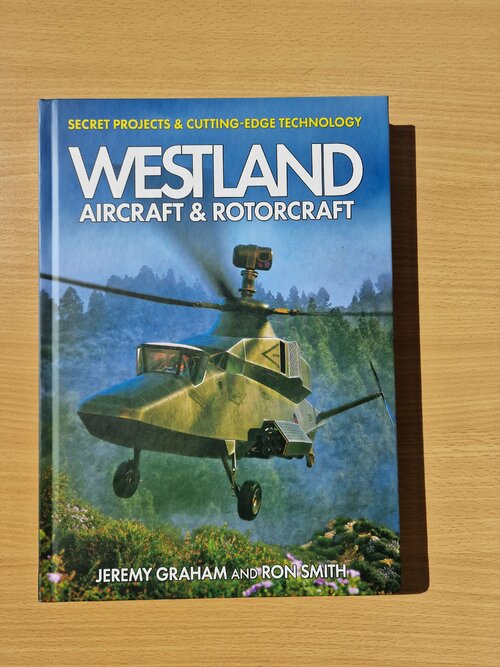Sorry about a delay responding to the interesting observations re. Derek James and the Putnam volume. I have been away on holiday for the past week or so.
In the meantime, here are some explanatory remarks from Jeremy (who has regular access to the archive at Yeovil):
"My response to the attached re differences with Derek James’s book.
In summary the material in the new book is correct but, where there is a difference, I am confident that he was wrongly advised; to be more helpful here goes:
WG1 is described in both books as a four-engine tandem ASW/tactical lift solution but only the latest book refers to OR (strictly NGAST) 358. The layout was developed to satisfy 358. Yeovil project office records do not show a tilt rotor. There is some work originated at Hayes around the same time which may relate to 358 but it was not a Yeovil based project, hence is excluded from the latest book other than for context.
WG3 did not start off as a Gnome powered design but it did end up there. The latest book describes the evolution of the aircraft and its choice of power plant.
WG4 is referenced in the Project Office summary but is not included in the detailed description of project office work in this period. The reason is a combination of our decision to focus on those projects that served to materially influence the MoD/Users and to exclude those that are supported by little available data.
WG.5 (turbine powered Skeeter) likewise.
WG 7 is covered in detail by the new book as the Project Office configuration to satisfy NGAST 365.
WG11 was the final attempt to develop a solution to meet NGAST 358. It is correctly described as a four-engine helicopter by both books. The compound configuration with wings was studied for the military application as a role fit for the ferry mission. In the military configuration it was laid out to seat 34 troops. A civil variant was proposed with permanently fitted wings and its cabin was laid out to accommodate 60 passengers (not troops).
Quick summary: NGAST 358 resulted in studies identified as WG1, WG2, WG11. NGAST 365 was WG7. WG9 was an attempt to create a cost effective solution as a common aircraft to approach the requirements of both 358 and 365.
In Yeovil, no tilt rotor configuration studies were conducted until the Short Range Transport work began in the mid-60s. These aircraft had both civil and military application, but none were specifically measured against 358. The development of tilt-rotor and tilt-wing configurations were continued until the industry wide (Westland and Hawker) SRT programme was terminated by Government: not all studies were completed by the Project Office as is described in the latest book."



